Single-Point Linkage Engineering in Conjugated Phthalocyanine-Based Covalent Organic Frameworks for Electrochemical CO2 Reduction
Published in Materials
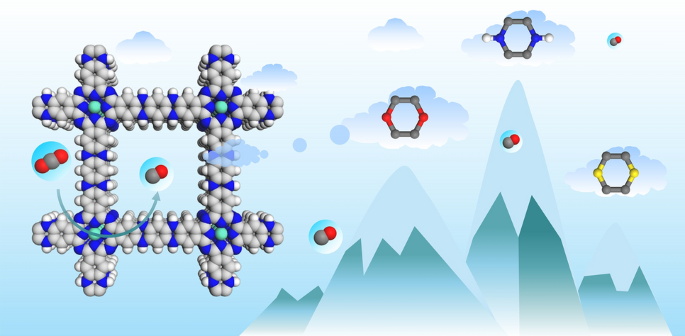
As the world grapples with the challenge of reducing carbon dioxide (CO2) emissions, researchers are exploring innovative ways to convert CO2 into valuable chemicals and fuels. A recent study published in Nano-Micro Letters, led by Professor Zheng Meng from the University of Science and Technology of China, presents a groundbreaking approach using nickel phthalocyanine (NiPc)-based covalent organic frameworks (COFs) to achieve highly efficient CO2 electroreduction.
Why This Research Matters
- High Selectivity and Activity: The study demonstrates that a single-point structural variation in the linkage of NiPc-based COFs can significantly modulate their performance in CO2 Among the three COFs tested, the piperazine-linked COF achieved a Faradaic efficiency for CO (FECO) of 90.7% at an overpotential of just 0.39 V, making it one of the most efficient COFs for CO2 reduction reported to date.
- Energy Efficiency: The dioxin-linked COF showed the highest current density for CO production (jCO) of −27.99 mA cm⁻2 at −1.0 V, indicating excellent activity and energy efficiency in the electrochemical CO2 reduction reaction (CO2RR).
- Structural Stability: The COFs maintained their structural integrity and crystallinity after electrochemical testing, demonstrating their robustness and potential for practical applications.
Innovative Design and Mechanisms
- Single-Point Linkage Engineering: The researchers constructed three COFs with the same NiPc unit but different linkages (piperazine, dioxin, and dithiine). This single-point structural variation allowed for precise tuning of the electronic properties of the Ni sites, thereby influencing the CO2RR performance.
- Electronic Structure Modulation: Density functional theory (DFT) calculations revealed that the different linkages altered the electron density of the Ni sites, affecting the interaction with key reaction intermediates such as *COOH and *CO. The dioxin-linked COF stabilized the *COOH intermediate more effectively than the others, contributing to its superior activity.
- Experimental Validation: The study used a combination of electrochemical tests, in-situ infrared spectroscopy, and DFT calculations to validate the proposed mechanisms. The results showed that the COFs with different linkages exhibited distinct adsorption and desorption energies for the reaction intermediates, leading to varied catalytic activities and selectivities.
Applications and Future Outlook
- Electrocatalytic CO2 Reduction: The findings highlight the potential of NiPc-based COFs as highly efficient electrocatalysts for CO2 reduction. These materials could be used in industrial processes to convert CO2 into valuable chemicals like CO, contributing to a circular carbon economy.
- Design Principles for COFs: The study provides valuable insights into the design principles for COFs, emphasizing the importance of linkage engineering in modulating the electronic properties and catalytic performance of these materials.
- Future Research: Future work could focus on exploring other metal phthalocyanines and linkages to further optimize the performance of COFs for CO2 reduction. Additionally, the scalability and long-term stability of these materials in practical electrochemical systems need to be investigated.
This research led by Professor Zheng Meng and his team represents a significant step forward in the development of advanced COFs for CO2 electroreduction. Stay tuned for more exciting advancements in this field as researchers continue to explore innovative solutions for sustainable CO2 conversion.
Follow the Topic
-
Nano-Micro Letters

Nano-Micro Letters is a peer-reviewed, international, interdisciplinary and open-access journal that focus on science, experiments, engineering, technologies and applications of nano- or microscale structure and system in physics, chemistry, biology, material science, and pharmacy.
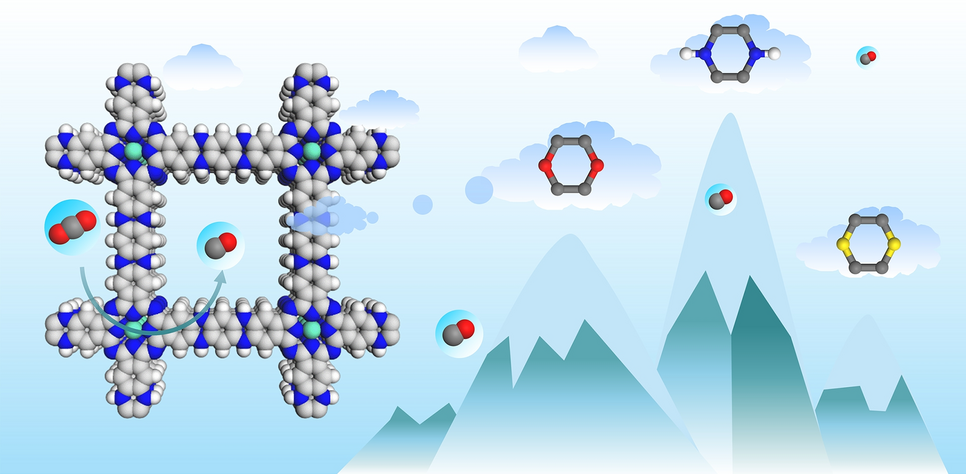
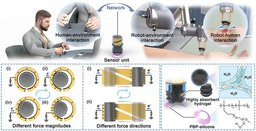
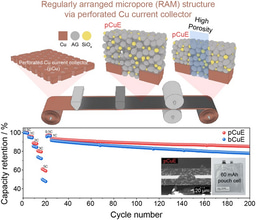

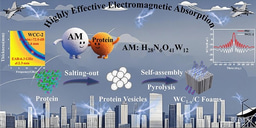

Please sign in or register for FREE
If you are a registered user on Research Communities by Springer Nature, please sign in